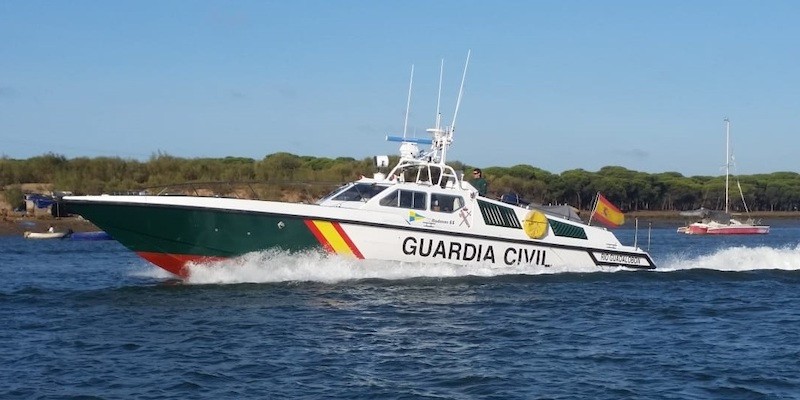Are the EU’s borders secure?
The European Union has nearly 4,700 mi (7,500 km) of external land borders and more than 35,400 mi (57,000 km) of external maritime borders and coastlines. These numbers show just how demanding and complex it can be to secure our borders.

These figures also open up a tempting market for illegal activities of all types, from trafficking in illegal substances to border crime and human trafficking, which all Member States need to fight. The crime world, however, evolves and responds quickly to changes in the environments in which they operate, adapting and rethinking strategies for crossing EU borders undetected. These threats and criminal activities must be tracked by Europe as a whole, working together to provide measures that are as adaptive, responsive, and proactive as possible.
According to the 2019 report from FRONTEX, the European Border and Coast Guard Agency, European Border Guards were seized over 125 tons of drugs, detected more than 650 drug smugglers, rescued nearly 55,000 migrants, and identified nearly 7,000 forged documents. But these figures, as overwhelming as they may be, are just the tip of the iceberg.
How can we gain a clear picture of these threats and challenges, and respond to them more effectively?
When FRONTEX was established by the European Council, part of its mission was to ensure integrated border management at Europe’s external borders to efficiently manage the crossing of the external borders. And that includes addressing migratory challenges and potential future threats at those borders[1]. Since it began operating, FRONTEX has grown to be the European authority uniting under its umbrella the Border Patrols and Coast Guards of all EU Member States, providing them with the assets, training, and technology necessary to fight border crime successfully.
However, just as the criminal modus operandi adapts over time to the changing environment, so must this service evolve. And that is already happening. See, for example, the creation of the European Border and Coast Guard – Europe's first uniformed service – or the investment in modern technologies and solutions enhancing the responsiveness and efficiency of border services. The sector is ready to respond to these demands with various solutions for all needs the service might have.
Some of the sector capabilities worthy of attention in the near future include:
- The Eurosur Communication Network, constantly developing and evolving since 2010, establishing information-exchange and cooperation mechanisms that enable the different national border surveillance authorities to share information and cooperate at tactical, operational, and strategic levels, both within and between the Member States, as well as with FRONTEX.
- Easily-deployable, all-terrain mobile land/air/maritime platforms equipped with surveillance systems (e.g., thermal imaging, day/night cameras, radars, and sensors) and communication systems enabling near real-time supervision of the current situation in the corresponding Coordination Centers.
- Unauthorized drone detection and capture platforms and systems to counter and reduce smuggling activities, especially on unprotected or inaccessible border sections.
- Passport and visa fraud-detection systems, ensuring higher detectability of illegal migration at Border Crossing Points.
- Earth Observation imagery to detect suspicious behavior of vessels at sea.
- Long Endurance Remotely Piloted/Unmanned Aerial Systems to support search and rescue operations and perform land and maritime surveillance.
To discover more innovating solutions, visit LIMEX’20 “Innovation in Border Protection,” which starts today and runs until January 30, in the Spanish Army’s Higher Polytechnic School (“Escuela Politécnica Superior del Ejército de Tierra”) in Madrid.
LIMEX’20’s array of top-level lectures, exhibitions, and demos tackles the latest hi-tech border-protection solutions being developed by the industry in response to user demand. The Spanish Guardia Civil and National Police forces, which share Spain’s primary border-protection mission, will be present at the second LIMEX, in addition to representatives from the armed forces and supranational agencies.
GMV will be running a stand and giving a lecture on the maritime security project MARISA (Maritime Integrated Surveillance Awareness). Drop in and see us!Author: Jarosław Behan
[1] Regulation (EU) 2016/1624 of the European Parliament and of the Council